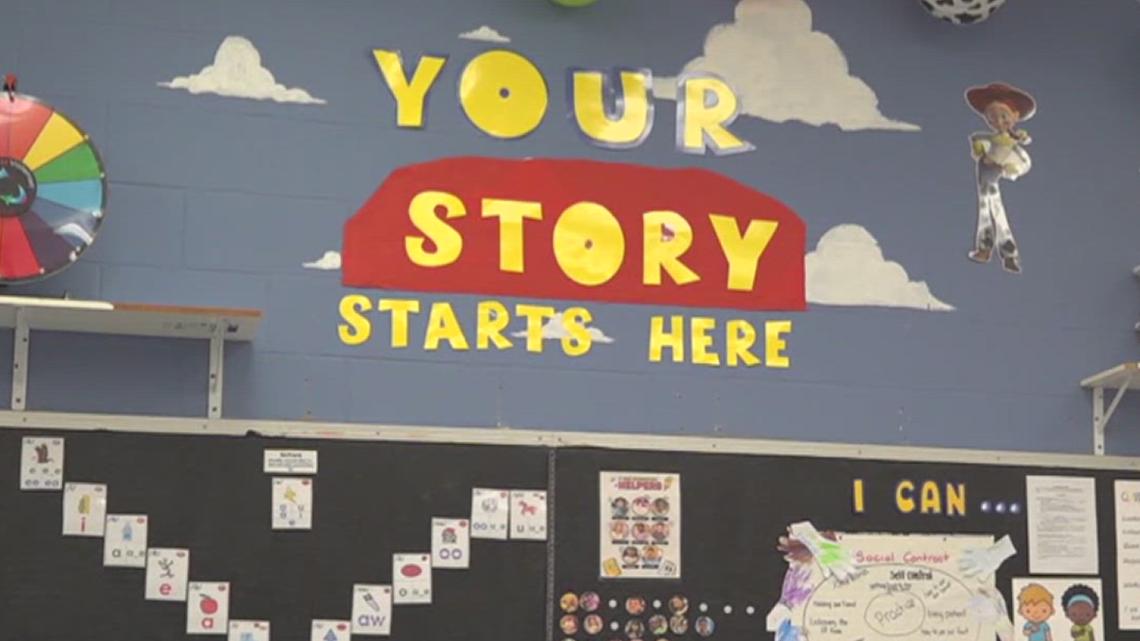CCISD’s pre-K enrollment has grown 214% in four years, with teachers seeing big gains in early reading and math readiness among young learners.
CORPUS CHRISTI, Texas — The Corpus Christi Independent School District is seeing high growth in pre-K enrollment — and with that, increased readiness in reading and math.
RELATED: From Doorsteps to Classrooms: CCISD’s effort to reconnect students with education
District leaders say pre-K enrollment has jumped 214 percent over the last four years. They credit new legislation offering free enrollment to district employees and say while those spots are filling up fast and the numbers all sound positive, they’re still not where they want to be.
“Our rooms are maxed out, so I have 22 in my classroom right now,” said Cathy Muniz, a pre-K teacher at Travis Elementary.
She says the district’s unprecedented growth in pre-K enrollment has come with some unintended side effects.
A district chart shows where enrollment started six years ago — with about 840 students. Today, that number is just over 2,500.
Muniz says that number shows things are moving in the right direction.
“I would say there’s a big need. Even now, I feel like there are probably still more students that need to come in here, but we’re full,” she said.
CCISD Early Childhood Specialist Amy Lavigne says that while the district is seeing steady growth, there are still more students to reach — and plenty of room to welcome them.
“We currently have 116 seats available, but based on our enrollment, what we’ve done is we have another FTE available. If we need to, we would open up another classroom,” she said.
CCISD Superintendent Roland Hernandez spoke at this week’s board meeting about a study conducted years ago to help drive the district’s enrollment initiative.
“They did a heat map for school districts and schools showing how many they have enrolled versus how many kids we had out there in our community. And at that point we saw it, we were like, wow — we have way too many kids who should be in pre-K who are not getting registered,” he said.
But even as they work to fill those seats, Lavigne says they’re seeing positive learning trends, especially in reading and math.
“We had 19 percent more students that were on level. So if they attended our pre-K program, there are 45 percent more students that were on level,” she said.
Muniz says regardless of how full the class may get, the lessons will always go back to step one.
“Just the basic foundation — their letters, the recognition, the sounds that they make, putting them together by syllable,” she said.

